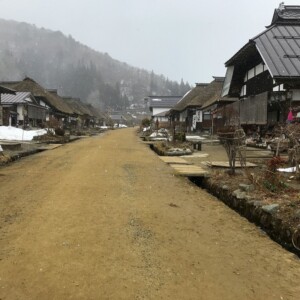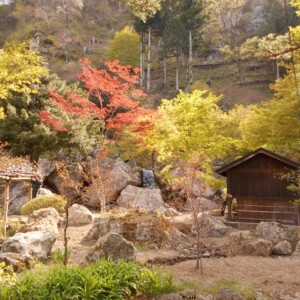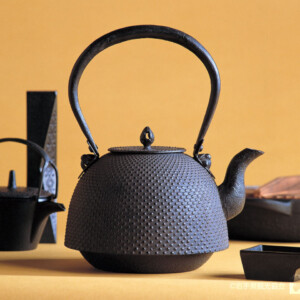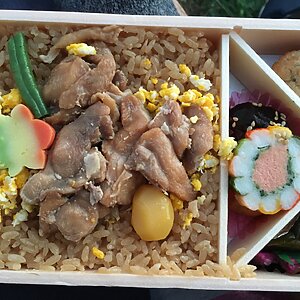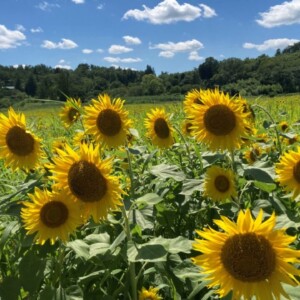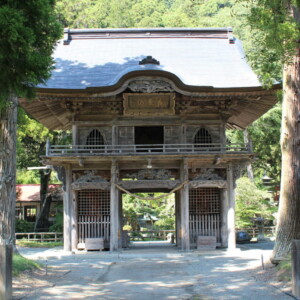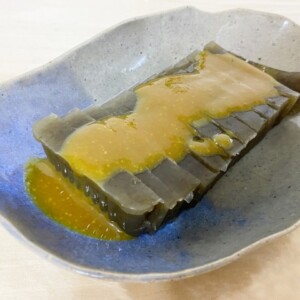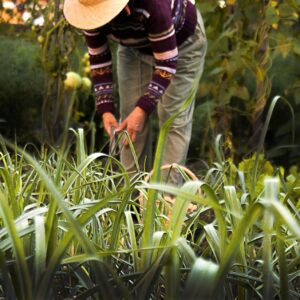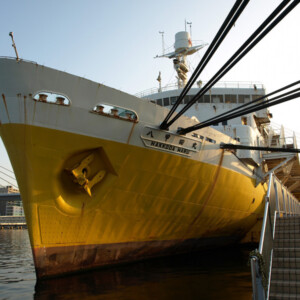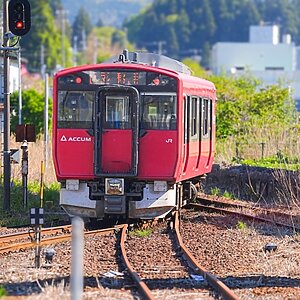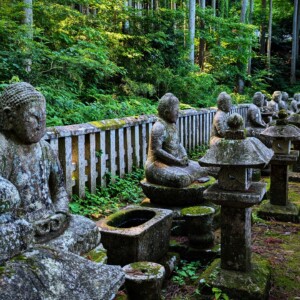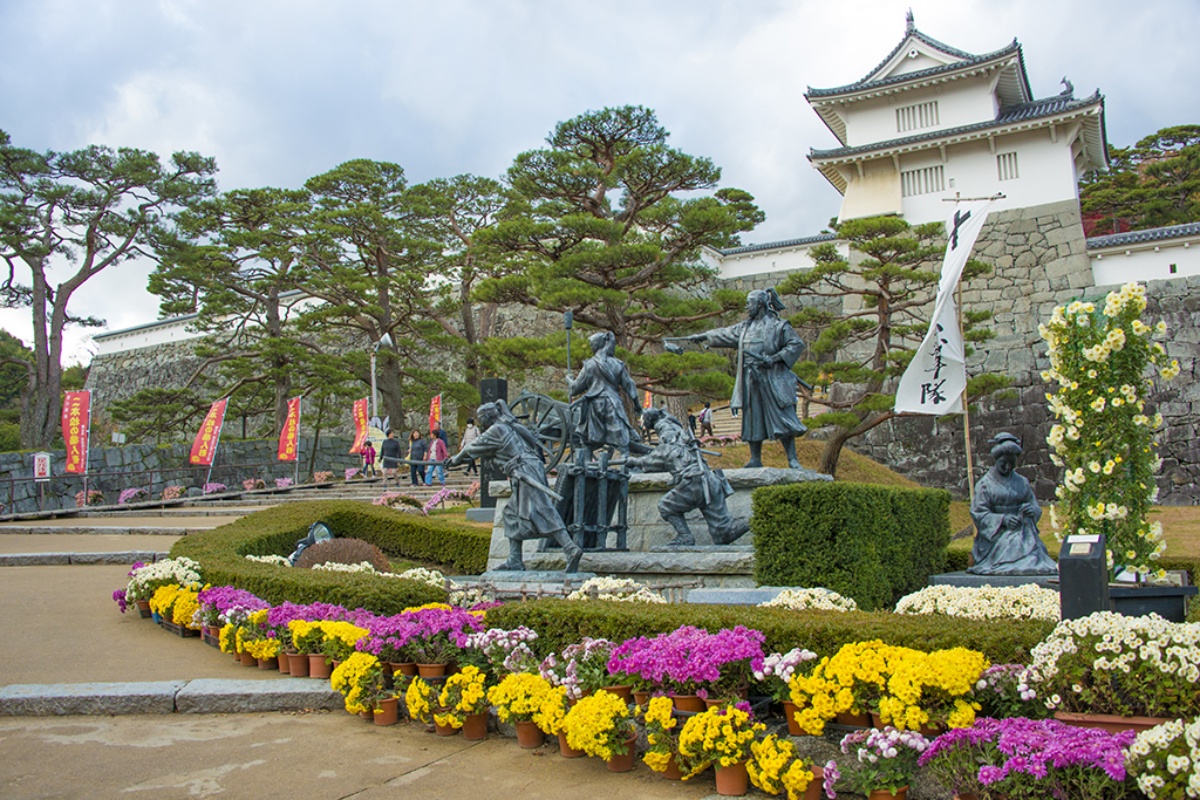
[Nihonmatsu City, Fukushima Prefecture] Chrysanthemum dolls and Namie Yakisoba at Nihonmatsu Castle! Castle town Nihonmatsu is recommended for sightseeing in autumn!
table of contents
- 1 History of Nihonmatsu
- 2 Learn at Nihonmatsu Castle News Center
- 3 A stroll around Kasumigajo Castle, the site of the Chrysanthemum Doll Festival
- 4 Nihonmatsu's hottest event is the Lantern Festival
- 5 Red Spider Lily Festival & Portulaca Festival
- 6 Enjoy the local gourmet dish "Namie Yakisoba" in Nihonmatsu!
- 7 Autumn is the charm! Nihonmatsu Tourism
The castle town of Nihonmatsu is home to Mount Adatara, known for the poem "The Real Sky" that appears in Kotaro Takamura's poetry collection "Chieko Sho," and Dake Onsen.The Abukuma River flows through the center of the city, and the city is surrounded by beautiful natural scenery
In the past, the area flourished as a castle town of the Niwa clan of the Nihonmatsu domain, with a fief of 100,000 koku, and many valuable historical sites and cultural assets remain
If you're planning on visiting Nihonmatsu, autumn is the best time to do so! This time, we'll be introducing some sightseeing spots perfect for the coming season. You can also enjoy the local gourmet dish "Namie Yakisoba" in Nihonmatsu. Please take a look
History of Nihonmatsu
The origin of the name "Nihonmatsu" dates back to 1341, the early Muromachi period.
It began when Oshu Tandai (inspector general) Hatakeyama Takakuni built a residence here and renamed the area Nihonmatsu. It is said that the name comes from the fact that there were once two sacred pines in this area.
During the Edo period, Niwa Nagahide's grandson, Mitsushige, entered the castle. He carried out extensive renovations to the castle, and established the castle town and legal system. The Niwa family continued for 11 generations until the Meiji Restoration, and is still affectionately known as "Niwa-sama."
On Setsubun, there is a custom of throwing beans while shouting "Demons out" (Oni wa soto), which would translate to "Oniwa soto" (Oni wa uchi, Oni soto), to avoid the implication of driving out the feudal lord
Learn at Nihonmatsu Castle News Center

When you come to Nihonmatsu, the first place you should visit the Nihonmatsu Castle News Center, a source of information on Nihonmatsu's history and tourism .
Located right in front of Kasumigajo Park, it's the perfect place to stop by before or after a stroll around the park.
The first thing you see when you enter the building is the taiko drum float used in the lantern festival. You can get a close-up look at the lantern tower that stretches up to the second floor. With the push of a button, you can hear the music from each region and learn about the differences between each area
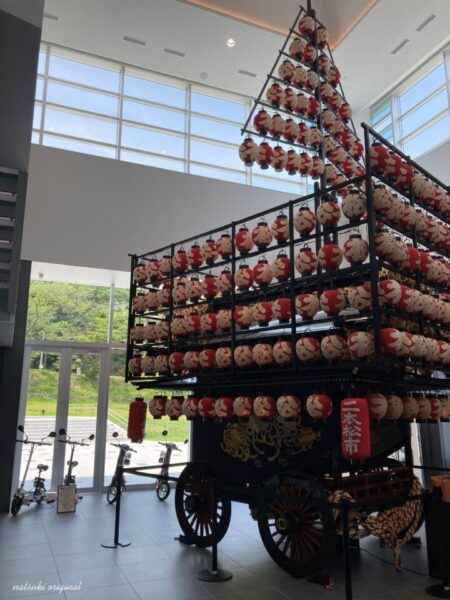
Nihonmatsu, a large domain with a stipend of 100,000 koku, saw fierce battles during the Boshin War and fell to its former glory, leaving behind tragic stories such as the deaths of the Nihonmatsu Youth Corps. At the Nihonmatsu History Museum on the first floor, you can learn about the history of Nihonmatsu Castle (Kasumi Castle) and the Nihonmatsu Youth Corps
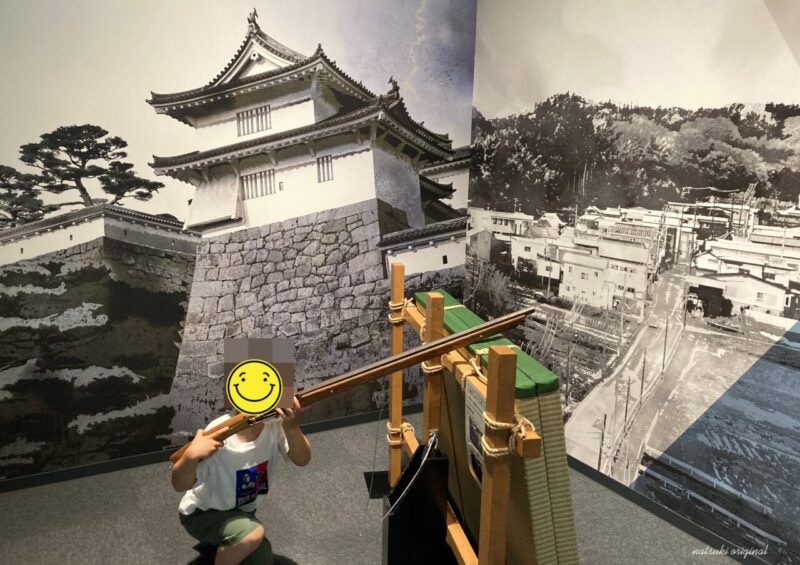
Additionally, the large multi-screen video in the guidance room provides powerful visuals explaining the characteristics of Nihonmatsu Castle's stone walls
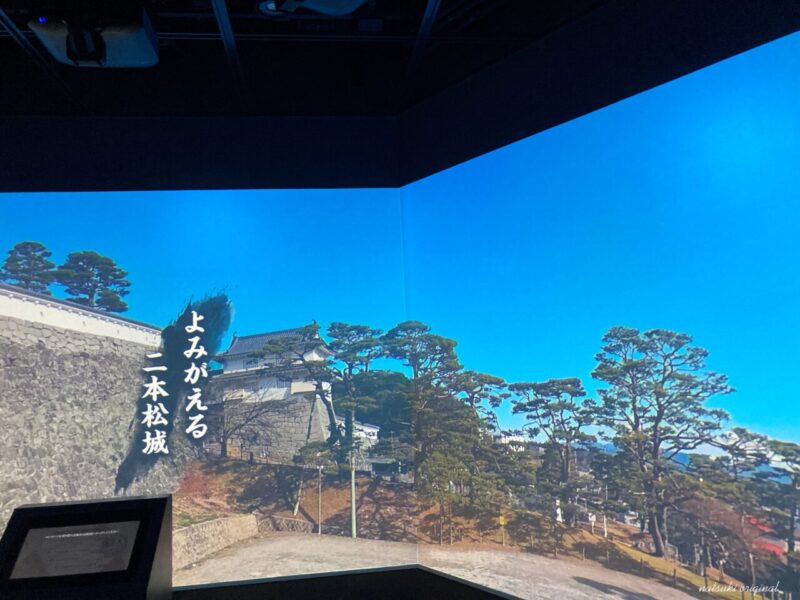
Nihonmatsu Castle News Center <Information>
- Name: Nihonmatsu Castle News Center
- Address: 303-5 Gurouchi 3-chome, Nihonmatsu City, Fukushima Prefecture
- Phone number: 0243-22-6630
- Opening hours: 9:00-17:00
- Closed: Every Monday (open the following day if Monday is a public holiday), New Year's holiday (December 29th to January 3rd)
- Admission: Free (Nihonmatsu History Museum only: 200 yen for adults, 100 yen for high school students and younger)
- Access: About 5 minutes from Nihonmatsu IC
- Parking: 44 spaces
Google Maps
A stroll around Kasumigajo Castle, the site of the Chrysanthemum Doll Festival

After learning about the history and tourist information of Nihonmatsu at the Nihonmatsu Castle News Center, take a stroll around nearby Nihonmatsu Castle (Kasumigajo)
Nihonmatsu Castle has also been selected as one of Japan's 100 most famous castles.
The name "Kasumigajo" (Kasumi Castle) comes from the fact that in spring, cherry blossoms bloom all over the park, creating a scene where the entire castle appears enveloped in mist. Locals love and call it Kasumigajo.
You can stroll through Kasumigajo Park from Minowa Gate, taking in the sights of Senshintei gardens, Niwa Shrine, the remains of the main citadel, the monument to Doi Bansui's poem, and the monument to the suicide of the Nihonmatsu clan
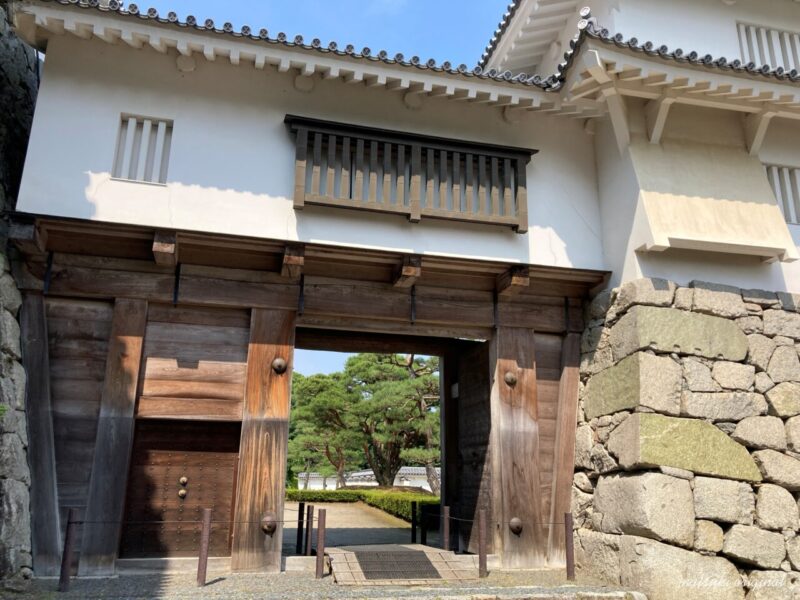
"Nihonmatsu Chrysanthemum Dolls" is a chrysanthemum festival that colors the autumn of Nihonmatsu City

In autumn, the Nihonmatsu Chrysanthemum Dolls, one of Japan's three major chrysanthemum dolls, is held , and Kasumigajo Park is bustling with tourists. In 2023, it was decided to hold a scene exhibition of chrysanthemum dolls with the theme of "Tokugawa Ieyasu.
Nihonmatsu City is known as the "Castle Town of Chrysanthemums," and has had many chrysanthemum enthusiasts since the feudal era. Chrysanthemum dolls have been displayed around town since the early Showa period. The chrysanthemums and chrysanthemum dolls, which have been cultivated with great care and attention by enthusiasts, are magnificent! You can also enjoy the autumn leaves in the park.

Kasumigajo Park <Information>
- Name: Kasumigajo Park
- Event: 67th Nihonmatsu Chrysanthemum Dolls
- Period: October 10th (Tuesday) to November 19th (Sunday), 2020
- Opening hours: 9:00 AM to 4:00 PM (open every day during the period)
- Venue: Fukushima Prefectural Kasumigajo Park (Nationally designated historic site, Nihonmatsu Castle ruins)
- Admission fee: Adults 800 yen, disabled people 600 yen, junior high school students and younger free
Google Maps
Nihonmatsu's hottest event is the Lantern Festival
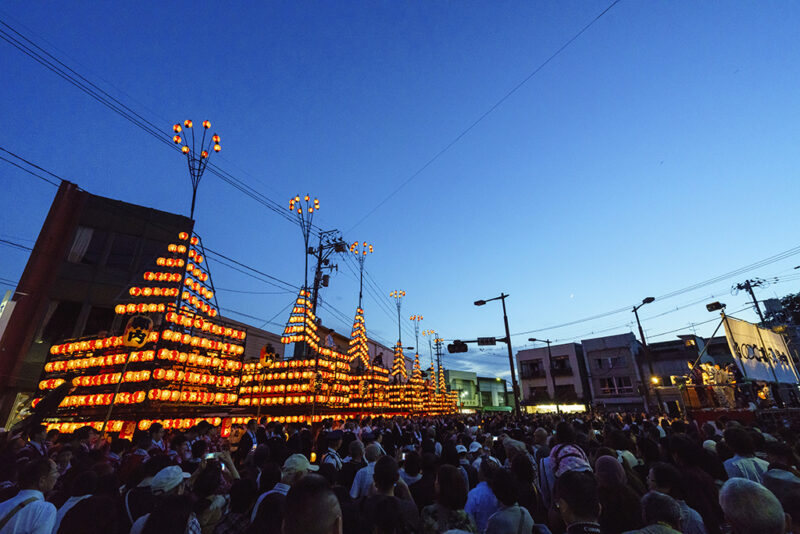
The Nihonmatsu Lantern Festival is held in October, and is the most popular time for Nihonmatsu residents . Approximately 300 lanterns are lit on seven floats called taikodai and paraded through the city.
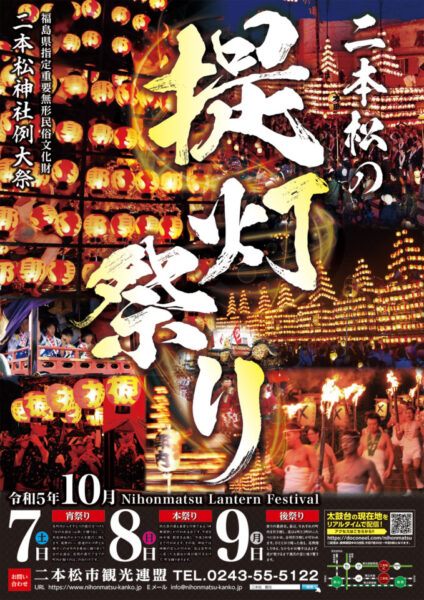
The dates for 2023 are scheduled for Saturday, October 7th, Sunday, October 8th, and Monday, October 9th
The highlight of the Lantern Festival is the Yoi Matsuri (evening festival) on the first day. This is the only day when all the neighborhoods gather together for the night parade. Seven Taiko floats, each adorned with lanterns, are paraded from each neighborhood, transferring the bonfires from Nihonmatsu Shrine onto the red lanterns. The spirited young men parade through the city, accompanied by their energetic shouts and musical accompaniment, and the 3,000 lanterns thrill even the spectators.
The second day sees the Mikoshi Togyo (portable shrine procession), the most important event of the annual festival.
On the final day of the festival, the portable shrine is paraded around each neighborhood during the day, and then at night, it is divided into two groups of four neighborhoods and three neighborhoods for a joint parade.
(For information on traffic restrictions and temporary parking, please check the Nihonmatsu Tourism Federation website
Red Spider Lily Festival & Portulaca Festival
The 8th Annual Manjushage Festival and Portulaca Festival has been held at Adachigahara Furusato Village . The festival is scheduled to run until early October.
Countless portulaca flowers in red, pink, orange, yellow, and white, as well as white and red spider lilies, are in full bloom. The flowering season is expected to be later than usual, with approximately 2.5 million white and red spider lilies expected to bloom one after another from around September
When you think of spider lilies, you probably imagine bright red flowers, but here you can also see the rare white spider lilies
Adachigahara Furusato Village <Information>
- Venue: Adachigahara Furusato Village
- Address: 4-100 Adachigahara, Nihonmatsu City, Fukushima Prefecture
- Operational contribution: 300 yen
- Access: Approximately 10 minutes by car from Nihonmatsu Interchange on the Tohoku Expressway
(For details, please contact the Adachigahara Furusato Village Landscape Improvement Association
Google Maps
Enjoy the local gourmet dish "Namie Yakisoba" in Nihonmatsu!
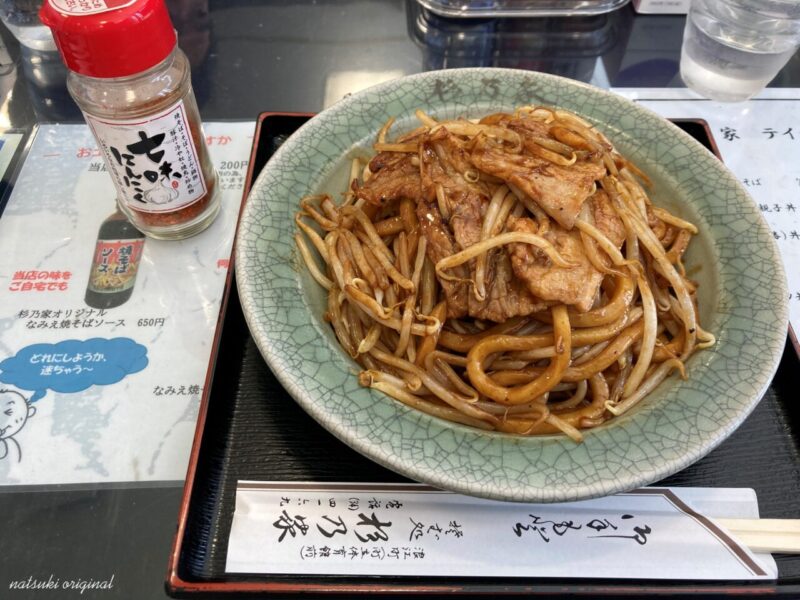
When you visit Nihonmatsu, why not try Namie Yakisoba?
Namie Yakisoba, which won the Gold Grand Prix at the 8th B-1 Grand Prix in Toyokawa, is characterized by its thick noodles that are easily mistaken for udon at first glance.
Namie Town was forced to evacuate due to the Great East Japan Earthquake and nuclear accident in 2011. However, Suginoya, which had been operating a restaurant in Namie Town before relocating, was one of the first to reopen in Nihonmatsu City, where the residents were evacuated.

Suginoya's yakisoba, served in an Ohori Somayaki pot, features simple toppings of pork and bean sprouts and extra-thick noodles.
Once you've eaten half of your meal, sprinkle on some shichimi garlic. The moderate spiciness and garlic flavor go perfectly with the yakisoba and will whet your appetite!
Once you've finished your meal, nine horses will appear on your plate. Since ancient times, they have been considered auspicious, as the saying goes, "Everything goes well with horses ," and they are only awarded to restaurants that have been certified by the Namie Yakimen Taikoku, an organization made up of restaurants that serve Namie yakisoba.
There are also many other hearty and original menu items, making this a restaurant you'll want to visit again and again
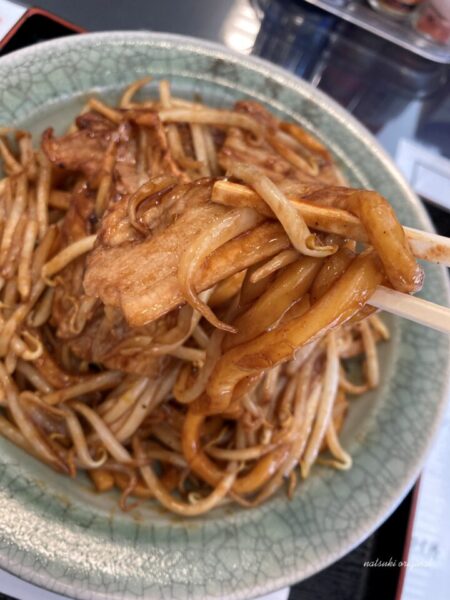
Suginoya <Information>
- Name: Suginoya
- Address: 2-3-1 Honmachi, Nihonmatsu City (1st floor of the Civic Exchange Center)
- Phone: 0243-24-1215
- Business hours: 11:00-15:00, 17:00-20:00
- Closed: Mondays and Tuesdays
- Parking: Civic Exchange Center Parking
Google Maps
Autumn is the charm! Nihonmatsu Tourism

The castle town of Nihonmatsu comes alive in autumn with the Lantern Festival and the Chrysanthemum Doll Festival. In addition to these two major events, there are plenty of other festivals and events in each region. We also recommend taking a short stroll around Mount Adatara, where the autumn leaves are at their peak! Please use this as a reference when visiting Nihonmatsu



![[Nihonmatsu City, Fukushima Prefecture] Introducing the charm of Mt. Adachi Tara, home to the “real sky”! 0909-149](https://jp.neft.asia/wp-content/uploads/2023/08/0909-149-1-150x150.jpg)
![[Fukushima] Would you like to refresh yourself at Mt. Adachi Tara by looking at the "real sky" and soaking in a hot spring? Source 4](https://jp.neft.asia/wp-content/uploads/2017/07/052d170c0bc219b03fc5a627352f1482-150x150.png)
![[Fukushima Prefecture] Unique soft serve ice cream found at a roadside station! Is it possible? No way? Try it! Fukushima Unique Catch](https://jp.neft.asia/wp-content/uploads/2025/06/1b3e3dc509a6907dc905d4b633a40c5d-150x150.jpg)

![[Nihonmatsu City, Fukushima Prefecture] At Dake Onsen, you can feel the Showa era and relax your body and mind! Is it OK to use public baths for hot spring therapy? PXL_20220914_052402057.PORTRAIT](https://jp.neft.asia/wp-content/uploads/2022/10/PXL_20220914_052402057.PORTRAIT-150x150.jpg)
![Enjoy the famous soft serve ice cream at Marukanville's Large Restaurants! [Hanamaki City, Iwate Prefecture] hanamaki4](https://jp.neft.asia/wp-content/uploads/2023/07/hanamaki4-1-150x150.jpg)
![New spots in Iwate Prefecture are packed with great people, baseball, and famous restaurants! I went to three new road stations! Local report [Iwate Prefecture] Iwate Road Station Catch](https://jp.neft.asia/wp-content/uploads/2025/04/9a64af524236eca1ecd5db74710af09c-150x150.jpg)
![[Fukushima] Hidden gems too! ! The appeal of wine born from Fukushima's rich nature vin1](https://jp.neft.asia/wp-content/uploads/2017/07/vin1-150x150.png)
